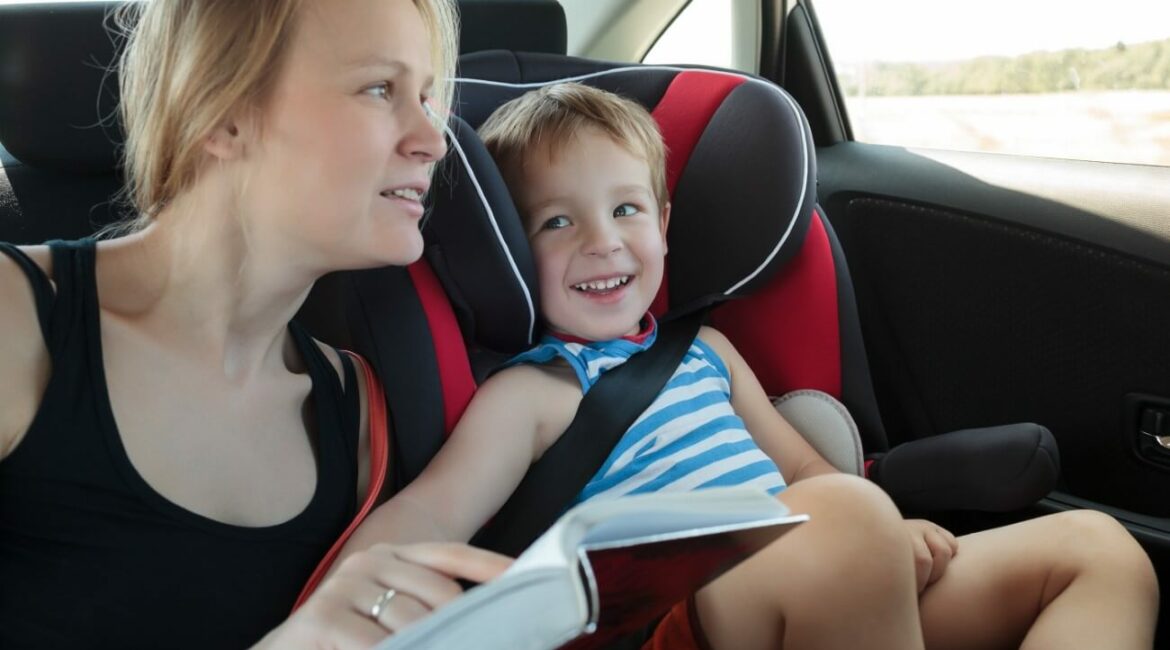As the winter chill sets in, our instinct is to bundle up ourselves and our little ones as much as possible. However, what many parents might not realize is that those thick, puffy winter coats could be putting their child at risk when they’re strapped into a car seat. Now, before you panic, let’s understand why and how you can ensure your child’s safety without sacrificing warmth.
Understanding the Risk
When a child is wearing a bulky coat, it can deceive you into thinking they’re securely strapped in. However, the extra padding from the coat prevents the harness from being snug against the child’s body. In the event of a crash, the force can compress the coat, leaving space between the child and the harness, leading to a higher risk of injury. It’s a scary thought that something designed to protect our kids from the cold might compromise their safety in a car.
Safe Alternatives to Winter Coats
So, what can you do to keep your child warm and safe? Firstly, after securing your child in their car seat without their coat, you can place the coat or a blanket over them to keep them warm. Some parents prefer using car seat-safe ponchos or even car seat covers designed specifically for chilly weather. It’s all about ensuring that nothing interferes with the harness’s direct contact with the child.
Conducting the “Pinch Test”
A quick way to check if your child’s harness is tight enough is the pinch test. After buckling your child in, try to pinch the webbing of the harness at the child’s collarbone level. If you can grab a fold of the webbing, the harness is too loose.
Temperature Regulation in Cars
It’s worth noting that modern cars are quite efficient at heating up, even in freezing conditions. If you’re worried about your child being cold during the initial minutes, a good practice is to start the car a few minutes before heading out, ensuring a warm environment when you and your little one get in.
The Science Behind Compression
Have you ever wondered about the physics of why winter coats are a risk in car seats? When subjected to sudden force, such as in a car accident, the fluffy material in winter jackets compresses. This means that if your child’s harness feels snug with a coat on, it may become dangerously loose upon impact. The compression creates extra space between the child and the harness, increasing the potential for injury. This is why even though it might seem counterintuitive, removing that winter jacket can be a lifesaver.
Mistakes to Avoid with Car Seat Accessories
It’s tempting to turn to aftermarket car seat accessories to enhance comfort and warmth. However, be cautious. Not all products you find online or in stores have undergone safety tests for car seat compatibility. Items like strap covers, inserts, or even certain toys can interfere with the seat’s function or become projectiles in a crash. Always check the car seat manual and stick with recommended products.
The Role of Car Seat Expiry Dates
While we’re on the topic of safety, did you know car seats expire? Materials degrade over time, and safety regulations evolve. Using an expired seat can compromise its efficacy in a crash. As a proactive measure, check the expiry date on your seat and ensure it’s still within the recommended usage window. It’s a detail easily overlooked but crucial for optimal safety.
Transitioning to Booster Seats
As kids grow, it’s essential to adjust their car safety measures accordingly. When your child outgrows their forward-facing seat, transitioning to a booster is the next step. Booster seats position the seatbelt correctly across a child’s body, ensuring they’re secure. While the principle remains the same – ensure the belt isn’t obstructed by bulky clothing – it’s a good reminder that every car seat stage has its unique safety considerations.
Educating Others on Car Seat Safety
Now that you’re aware of the risks associated with winter coats and car seats, consider sharing this knowledge. Unfortunately, many parents and caregivers are uninformed. Start conversations with family members, friends, or even at community events. Offering a quick demonstration or sharing articles like this one can make a world of difference in children’s safety on the road.
FAQ : Winter Coats and Car Seats
Why shouldn’t kids wear winter coats in car seats?
- Bulky winter coats can prevent a car seat harness from fitting snugly. In a collision, the coat can compress, leaving room for the child to move or even be ejected from their seat.
How can I keep my child warm in their car seat?
- After securing your child, drape their coat or a blanket over them. Consider car seat-safe ponchos or car seat covers designed for cold weather.
What is the pinch test?
- It’s a way to check the harness’s tightness. If you can pinch a fold of the harness webbing at the collarbone level, it’s too loose.
Are there any car seat-friendly winter coats?
- Yes, there are thinner but thermally efficient jackets designed to be safe with car seats. Always perform the pinch test, regardless of the coat type.
Do car heaters compensate for not wearing coats inside the car?
- Absolutely. Modern car heaters are effective, and the interior warms up quickly. Consider starting your car a few minutes before you leave to warm it up on colder days.
- A Chat with Nate and Mika, Christian Wedding Photographers - July 18, 2024
- Ultimate Guide To Playing Online Casinos - May 27, 2024
- Addiction Recovery Books Worth Reading - January 24, 2024









